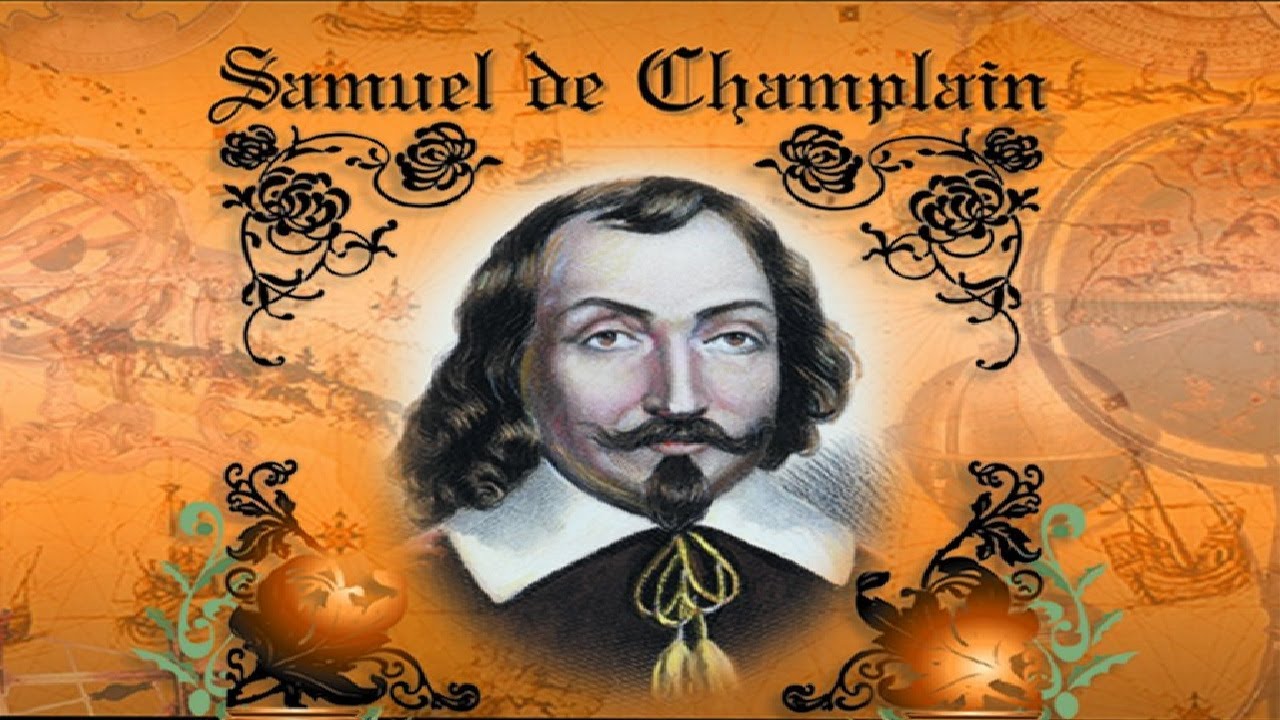
Samuel de Champlain, a French explorer, and cartographer, is known as the “Father of New France” and played a vital role in the early exploration and colonization of North America. Born in 1567, Champlain’s adventurous spirit and passion for discovery led him to make significant contributions to the exploration of the New World. In this article, we will delve into ten fascinating facts about Samuel de Champlain, shedding light on his life, achievements, and legacy.
Early Life and Education
Samuel de Champlain was born in 1567 in the coastal town of Brouage, France. Although his family had a maritime background, Champlain chose a different path and pursued an education at a Catholic seminary. This educational foundation would later shape his interest in exploration and navigation.
First Voyage to the New World
Champlain embarked on his first voyage to the New World in 1603, accompanying François Gravé Du Pont on an expedition to explore the northeastern coast of North America. During this journey, Champlain developed a keen interest in cartography, which would become one of his lifelong passions.
Founding of Quebec City
One of Champlain’s most significant achievements was the founding of Quebec City in 1608. This establishment marked the beginning of French colonization in North America. Champlain’s vision was to create a fur trading post and forge alliances with the indigenous peoples, laying the foundation for New France.
Exploration of the Great Lakes
Champlain’s thirst for exploration led him to venture further west. In 1615, he embarked on an expedition to explore the interior of North America, which brought him to the Great Lakes region. Champlain became the first European to document Lake Huron and Lake Ontario, making important contributions to the mapping of the continent.
Encounters with Indigenous Peoples
Throughout his explorations, Champlain formed relationships with various indigenous peoples, including the Algonquin, Huron-Wendat, and Montagnais. He recognized the importance of alliances with the indigenous populations and sought to establish peaceful trade and diplomatic connections, which greatly influenced French relations in the New World.

The Battle of Sault Ste. Marie
In 1615, Champlain accompanied his indigenous allies in a military campaign against the Iroquois Confederacy. This campaign culminated in the Battle of Sault Ste. Marie, where Champlain and his allies engaged in combat with the Iroquois. Although the battle was inconclusive, it showcased Champlain’s commitment to supporting his indigenous allies.
The Foundation of Acadia
Champlain also played a role in the establishment of Acadia, a French colony in present-day Atlantic Canada. In 1604, he joined Pierre Dugua de Mons on an expedition to explore and settle the region. This expedition resulted in the establishment of a French settlement on Saint Croix Island and later the relocation to Port-Royal, now known as Annapolis Royal in Nova Scotia.
The Order of Good Cheer
During his time in Acadia, Champlain established the Order of Good Cheer, a social club aimed at fostering camaraderie and combating the settlers’ feelings of despair and homesickness. This organization held regular gatherings where members would dine together, share stories, and participate in various activities, boosting morale in the fledgling colony.
Champlain’s Maps and Cartography
Samuel de Champlain’s passion for cartography led him to create detailed maps of the areas he explored. His maps were accurate for their time and served as essential navigational tools for subsequent explorers and traders. Champlain’s meticulous cartographic work significantly contributed to the European understanding of North America.

Legacy and Impact
Samuel de Champlain’s legacy is far-reaching. His explorations, establishment of settlements, and efforts to forge alliances with indigenous peoples laid the groundwork for French colonization in North America. Champlain’s maps and documentation provided valuable knowledge about the continent, shaping the course of future expeditions and influencing European colonization strategies.
Conclusion
Samuel de Champlain’s life and accomplishments are a testament to his adventurous spirit and relentless pursuit of exploration. His contributions to cartography, the establishment of Quebec City, and his interactions with indigenous peoples have left an indelible mark on the history of North America. Champlain’s legacy continues to inspire and fascinate both historians and those with a passion for exploration.
Frequently Asked Questions (FAQs)
What were Samuel de Champlain’s major accomplishments?
Samuel de Champlain’s major accomplishments include the founding of Quebec City, exploration of the Great Lakes, establishment of Acadia, and his contributions to cartography.
Why is Samuel de Champlain known as the “Father of New France”?
Samuel de Champlain is known as the “Father of New France” because of his pivotal role in the exploration and colonization of North America by the French.
What was the significance of the Battle of Sault Ste. Marie?
The Battle of Sault Ste. Marie showcased Champlain’s commitment to supporting his indigenous allies and had a lasting impact on French relations with the Iroquois Confederacy.
How did Samuel de Champlain interact with indigenous peoples?
Champlain recognized the importance of alliances with indigenous peoples and sought to establish peaceful trade and diplomatic connections with them.
What is Samuel de Champlain’s legacy?
Samuel de Champlain’s legacy includes his contributions to cartography, the establishment of settlements, and his impact on European colonization in North America.
Was this page helpful?
Our commitment to delivering trustworthy and engaging content is at the heart of what we do. Each fact on our site is contributed by real users like you, bringing a wealth of diverse insights and information. To ensure the highest standards of accuracy and reliability, our dedicated editors meticulously review each submission. This process guarantees that the facts we share are not only fascinating but also credible. Trust in our commitment to quality and authenticity as you explore and learn with us.
